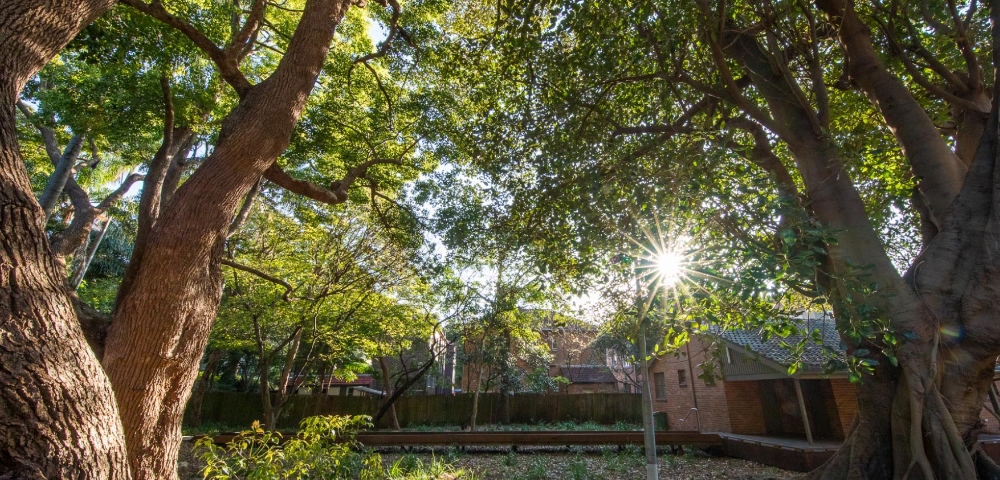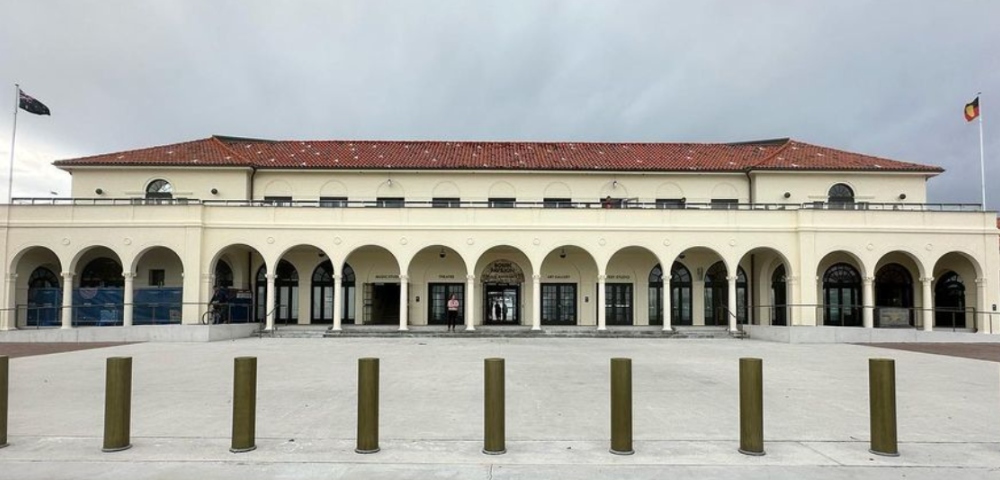
The fox and the city

BY JOHN MOYLE
The next time you hear a bustle in the hedgerow chances are its not Led Zeppelin but Basil the fox.
Foxes were introduced to Australia in the 1850s for hunting and are usually associated with farm land, but in recent times they are being seen more frequently in the heart of the urban environment.
Foxes in the inner city are not a new phenomena, having been introduced to Australia in the1850s for hunting.
“They have incurred right into the city and I have seen them even on the university campus and they are all around the city region,” Dr Matthew Crowther, Associate Professor, School of Life and Environmental Sciences, University of Sydney said.
Recent years has seen inner city newspapers and Facebook record frequent sightings from the canals of Leichhardt to Coogee Beach, while residents near Centennial Park and Cooper Park in Sydney’s east have come to see them as just another part of the urban environment.
“Foxes are everywhere in Sydney and have been seen in many parts of Waverley, including Waverley Cemetery, Bondi Golf Course, Bronte Gully, Tamarama Gully and Diamond Bay,” Spokesperson, Waverley Council said.
There are 21 species of foxes throughout the world, but in Australia there is just vulpe vulpe, the European red fox.
With two releases of foxes in Geelong and Ballarat in 1871, Australia was quickly under threat from the new feral species, with the dingo being their only apex predator.
A rising rabbit population ensured the foxes’ success and together they quickly spread across the southern states and into Western Australia.
“Foxes are highly adaptable and while you associate them with farm land, you can find them on beaches, in laneways, creeks and other places as they are capable of surviving in a wide range of places,” Peter West, National Coordinator, Feral Scan Program, NSW Department of Primary Industries said.
Commonly referred to as carnivorous predators, foxes are highly flexible in their diet and will even include plant material and human food waste.
“Even though foxes are carnivorous they are scavengers and can use any food source whether it is a left over lunch or chips or the fruit that falls on the ground,” Graham Wilson, Manager Biosecurity, Greater Sydney Land Services said.
The Greater Sydney Land Services provide pest services at a coordination level across the Greater Sydney region covering the Blue Mountains, Central Coast and eastern suburbs to Botany.
Foxes are extremely furtive and will normally avoid contact with humans, one of the reasons why we seldom see them.
“Foxes will change the way that they act, such as you’d be lucky to see a fox during the day in the urban environment,” Dr Crowther said.
In farming communities foxes will often venture out during day light hours, especially during lambing season.
Often the only time city folks become aware of a fox in our midst is when the hen house gets raided, or the pet rabbit or guinea pig is discovered eviscerated.
“Foxes are very challenging to manage in urban and peri urban landscapes, so it is recommended that people adopt a few practices including feeding your pets indoors,” Peter West said.
Foxes will normally eat around 500gms of food per day, and in the case of live food, this may include more than one animal as they will often only eat the head and parts of the intestines.
A city fox will have an average lifespan of two to three years, usually succumbing to cars or disease, while the ones that make it to five years are an exception.
While there is no hard data on fox numbers in the inner city region, it is generally accepted that the numbers are higher per square kilometre than in farm land, where there are usually less resources.
“In parts of the urban environment there may be up to five foxes per square kilometre and that density is driven by food availability,” Graham Wilson said.
In 1998, 14 councils and government agencies set up the Urban Feral Animal Action Group to monitor, record and set action for invasive species impacting on Sydney, including foxes.
As a part of Feral Scan, Fox Scan is the mapping site set up to record fox sightings across Australia including inner city Sydney.
“The Fox Scan resource is completely free and is available as a website and a phone app and is part of the Feral Scan community mapping store so that we can manage feral species,” Peter West said.
“The City of Sydney is partnering with organisations such as Fox Scan, and this allows the City to map sightings of foxes, record the damage they cause and record any control measures used,” Spokesperson, City of Sydney said.
The Inner West Council said that they were “previously involved in a Regional Fox Control Program to identify problem sites and implement control measures.”
While farmers have control resources such as shooting and baiting available to them, these are not suitable in an urban environment due to safety of humans and pets.
“There are some places in the inner city where we can use pest controls such as bait but we are very restricted with firearms so cages trapping is the predominate technique, but foxes learn very quickly to avoid traps,” Graham Wilson said.
It seems that the future of the fox in the city is in our hands as denying it food appears to be the cheapest and most effective way of managing its numbers.









